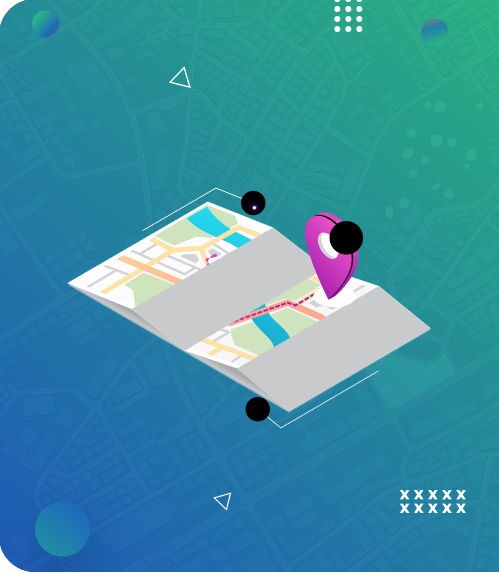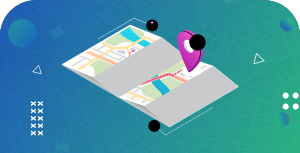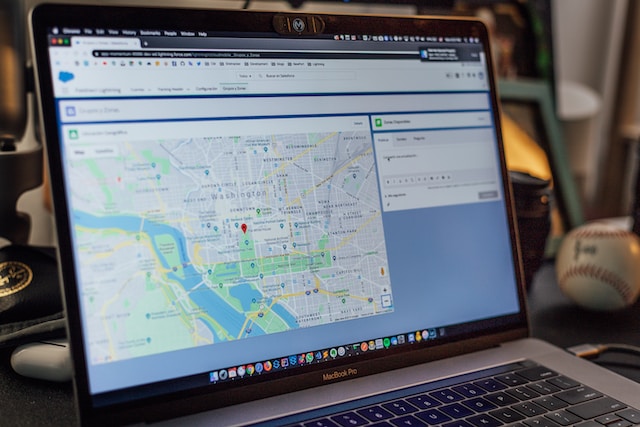A dot density map is a simple yet powerful map that helps visualize the spatial distribution or density of a particular attribute or phenomenon. When discussing map types, it falls under the thematic map category.
The idea behind dot density maps is to use dots on a map to define the properties of a geographic location while delivering it in a visually engaging and accessible manner. These maps have existed for a long time and are still useful across various fields. They are wildly common among demographers and statisticians.
This article discusses these types of maps, some common examples, and how to create them for personal or professional purposes.
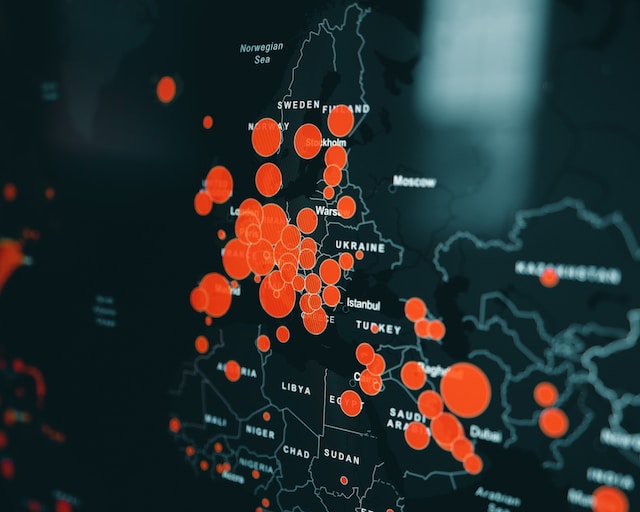
What Is a Dot Density Map, and Types of Dot Ratios?
In understanding the use of dots to represent a certain phenomenon in a geographic area, you may wonder, “What is a dot density map?” The concept of this thematic map type is simple: it employs dots to represent data points in a geographic area.
It is important to note that using dots in a dot map does not provide the exact location of that phenomenon. Instead, this map places dots randomly within that area to show high or low density.
Each dot on the map can represent a fixed quantity or count, allowing us to understand the dot map ratio. The dot map ratio is the relationship between dots and the geographic area. Cartographers utilize two kinds of dot ratios in dot density maps.
- One-To-One (1:1): This ratio type signifies that one dot represents a single phenomenon. It can mean one dot representing one person in a geographic region.
- One-To-Many (1:M): This type of ratio means that one dot can represent more than one phenomenon. A dot on a map can represent hundreds or thousands of people in an area.
So, each dot represents a quantity, such as population, business, or event. It is normal to see several dots on maps. After all, more dots equate to more density of data represented.
Notably, the overall idea of dot maps is not to determine the quantity of data. When dealing with a large concentration of data in a location, counting every dot on the map and summing them up is usually impossible.
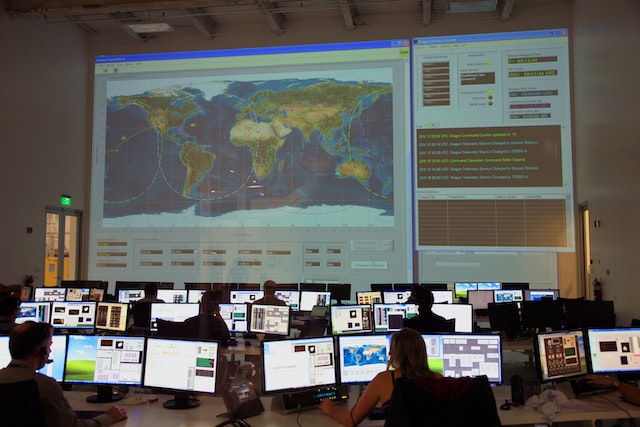
Perks and Drawbacks of Dot Density Maps
Dot density maps are popular data visualization tools that use dots to represent a certain variable or value. They convey difficult information and make trends and patterns easy to spot. However, although a dot density map provides visually pleasing data distribution, it has certain perks and limitations.
Perks of Dot Density Maps
Here are a few perks of a dot density map.
- It provides a clear and intuitive visualization of spatial patterns and distributions. Upon its application in a geographic region, users can identify areas of high or low density concerning the given data.
- It is visually pleasing and engaging. Thus, users can understand the complex information it represents without special knowledge. The use of dots on this map makes this map type understandable, requiring minimal interpretation.
- This map type allows easy comparisons between different geographic areas or areas in a given region. Thus, users can identify variations, facilitating further analysis.
- With a dot density map, you do not need to enumerate your data before implementing it. Instead, it reveals clusters and concentrations of data, thus helpful in identifying spatial trends and areas of interest within the data set.
Drawbacks of Dot Density Maps
Despite their upsides, dot density maps have their limitations. Here are some of them.
- It is not suitable for retrieving numbers from the map. For instance, few users will be interested in counting hundreds of dots on a map to know the population of people in a geographic location.
- It can oversimplify complex data through the use of dots. This oversimplification can result in losing vital information which users may appreciate and need to understand the data this map type represents.
- A dot density map can easily misrepresent the data provided without a proper map legend. Factors like dot size, spacing, and color can influence user perception and interpretation, leading to gross misinterpretation.
- It distributes dots randomly, potentially causing users to think that the dots are at precise locations. This can affect users’ understanding of this map type generally.
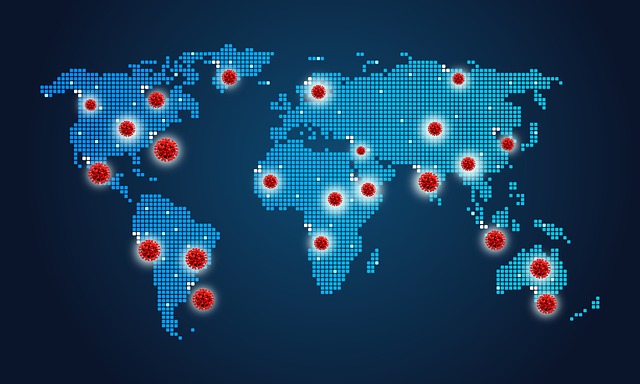
3 Dot Density Map Examples and Applications
A dot density map helps to provide an effective visual representation across a geographic area. We can relate to various examples to better understand these map types. Let’s consider three dot density map examples and applications without further ado. This will aid our understanding of how important they are within our immediate environment.
- Population Distribution
Dot maps are beneficial in determining the number of people in a geographic region. The one-to-many dot density ratio is handy, as a dot can represent a few tens, hundreds, or thousands.
When we see a large concentration of dots in a geographic area, it means the region is densely populated and vice versa. The United States 2020 Election Census employed this map to determine the countries’ race and ethnicity.
- Market Research
They can display customers’ geographical distribution in an area to provide better insights into market penetration. Business organizations can utilize this map to check out their competition to determine how they can effectively market their brands to potential customers.
In this case, the two types of map density ratios are useful depending on the size of the geographic location a business focuses on.
- Disease Outbreak
This map type aids in visualizing disease outbreaks. Dots can be at locations where there are cases of diseases outbreak. The dots will represent the spread and intensity of the epidemic across different regions. This thematic map type was helpful in the Covid-19 pandemic in noting areas affected by the virus and how to contain the spread.
Overall, it helps to visualize and analyze various phenomena across geographic regions. These examples show that this map provides valuable insights for informed decision-making and further analysis.
How To Make a Dot Density Map for Business or Personal Purposes
The examples of the dot density maps we discussed in the previous section reveal how important this map can be. They help to visualize the distribution and density of data points in a geographic area. Indeed, they serve both personal and corporate purposes. Let’s quickly look at the processes of making a dot density map to suit your respective needs.

1. Prepare the Data You Need for a Dot Density Map
The first step to making a dot density map is gathering and preparing the necessary data. A complete data set will help you create your maps without any mistakes. These data sets include the geographic coordinates and other information about the phenomenon you want to map.
2. Upload Your Data on a Mapping Software
After preparing your data, you need mapping software that will turn your data into a map. Hundreds of mapping software can help you achieve that properly. Some include Maptive, Mapize, ArcGIS, and Mapbox, among others.
You can utilize their free trials (since many are subscription platforms) to make a dot density map. Your data can be in a spreadsheet format or any other file type. Afterward, you can upload it to the mapping software.
3. Convert Your Markers Into Dots
After uploading your data, the mapping software identifies your data points as markers. Then you can convert these map markers into dots. Also, you need to quantify your dots, that is, by assigning a numerical value to each dot. You can choose between one-to-one, which signifies one dot per unit, or one-to-many, representing one dot per multiple units.
It is equally important to label your map appropriately. This will aid easy comprehension even when you intend to share it with others.
4. Generate Your Dot Density Map on the Software
You can adjust dot sizes and colors if you visualize multiple phenomena on the map.
Another feature to note is the placement of dots. You can utilize random placement or systematic placements. Random placement will randomly distribute your dots with a geographic boundary; however, it can result in clusters. While systematic placement helps place your dots in a grid pattern, thus avoiding clustering and providing a more uniform distribution of dots.
Regardless of the dot placement method, your preferred mapping software will provide the necessary tools to visualize your dots on the map.
5. Share Your Map With Others
Once you are satisfied with your dot density map, export it as an image file, PDF, or interactive web map. Depending on your needs, use the appropriate format when sharing the map via the internet and publications.
Following these steps will assist you in creating the proper dot density maps for your personal or professional needs. If you require any help, you can consult the live help center of the mapping platform for guidance.
Final Thoughts: Create the Perfect Dot Density Map With Mapize
A dot density map is a powerful tool for visualizing spatial patterns and analyzing data distributions. It uses dots to represent data points, thus providing a clear and intuitive way to convey information about a geographic region.
This guide has discussed the concept of dot density maps, their perks, limitations, and typical examples. It has also detailed how to create them for personal and business use. If you are considering which mapping software can help you create these map types, you don’t need to go far.
Mapize is an online mapping platform that helps users to create the perfect dot map while providing other visualization tools. Without coding experience, you can customize your maps using various markers, dots, layers, and other visual tools. Indeed, these tools will enhance a better understanding of the custom maps you create. Endeavor to join Mapize and create your first custom map for free today.

